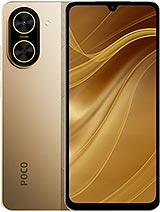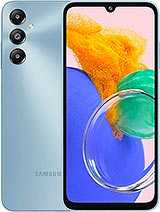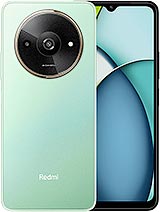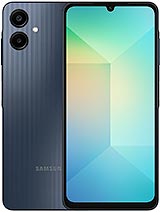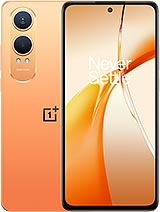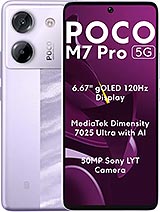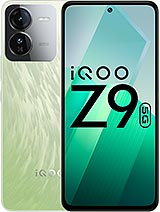Poco C75 alternatives
Tap above to see alternatives.
Redmi 13C alternatives
Tap above to see alternatives.
2x2.0 GHz Cortex-A78
6x1.8 GHz Cortex-A55
2x2.2 GHz Cortex-A76
6x2.0 GHz Cortex-A55
6GB 128GB (UFS 2.2)
8GB 256GB (UFS 2.2)
f/1.8, (wide)
Auxiliary lens
f/1.8, 28mm (wide), PDAF
0.08 MP
(auxiliary lens)
f/2.2, (wide)
SIM1: Nano, SIM2: Nano
SIM1: Nano, SIM2: Nano
FDD: N1, N3, N5, N8, N28
TDD: N40, N78
FDD: N1, N3, N5, N8, N28
TDD: N40, N78
FDD: N1, N3, N5, N8, N28
TDD: N40, N78
FDD: N1, N3, N5, N8, N28
TDD: N40, N78
In this performance comparison, the Poco C75 with its Qualcomm Snapdragon 4s Gen 2 (4nm) performs better than the Redmi 13C with the Mediatek Dimensity 6100+ (6nm), thanks to superior chipset efficiency.
Both Poco C75 and Redmi 13C offer the same software support — 2 years of OS updates and 4 years of security updates.
Both Poco C75 and Redmi 13C use LCD screens. In terms of smoothness, Poco C75 offers a higher 120 Hz refresh rate, ensuring fluid scrolling and animations. Poco C75 also boasts a brighter screen with 600 nits of peak brightness, enhancing outdoor visibility. Both phones have the same screen resolution.
Poco C75 comes with a larger 5160 mAh battery, which may offer longer usage on a single charge. Both devices support the same wired charging speed of 18W.
Both phones feature the same IP52 rating for water and dust resistance.
- Poco C75 – Check price here
- Redmi 13C – Check price here
¹ Scores can vary even with the same chipset due to RAM, thermals, and software optimization.

